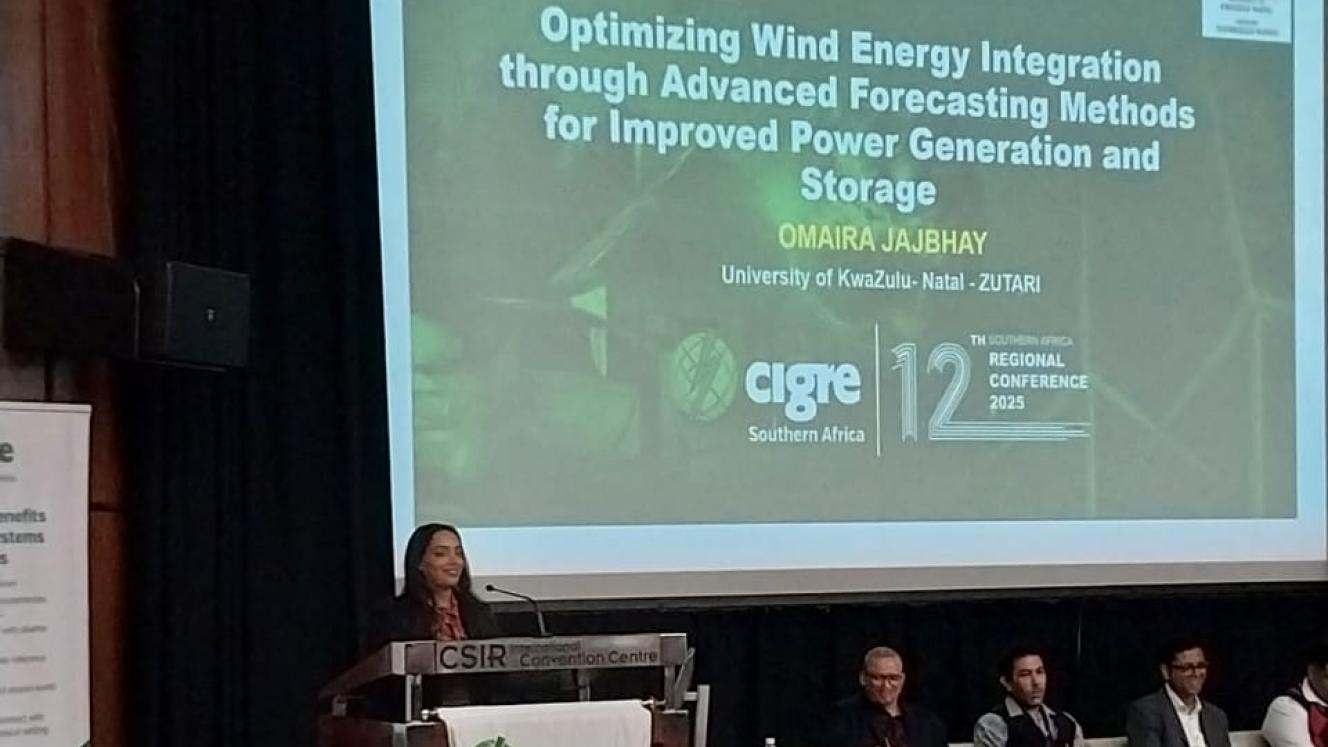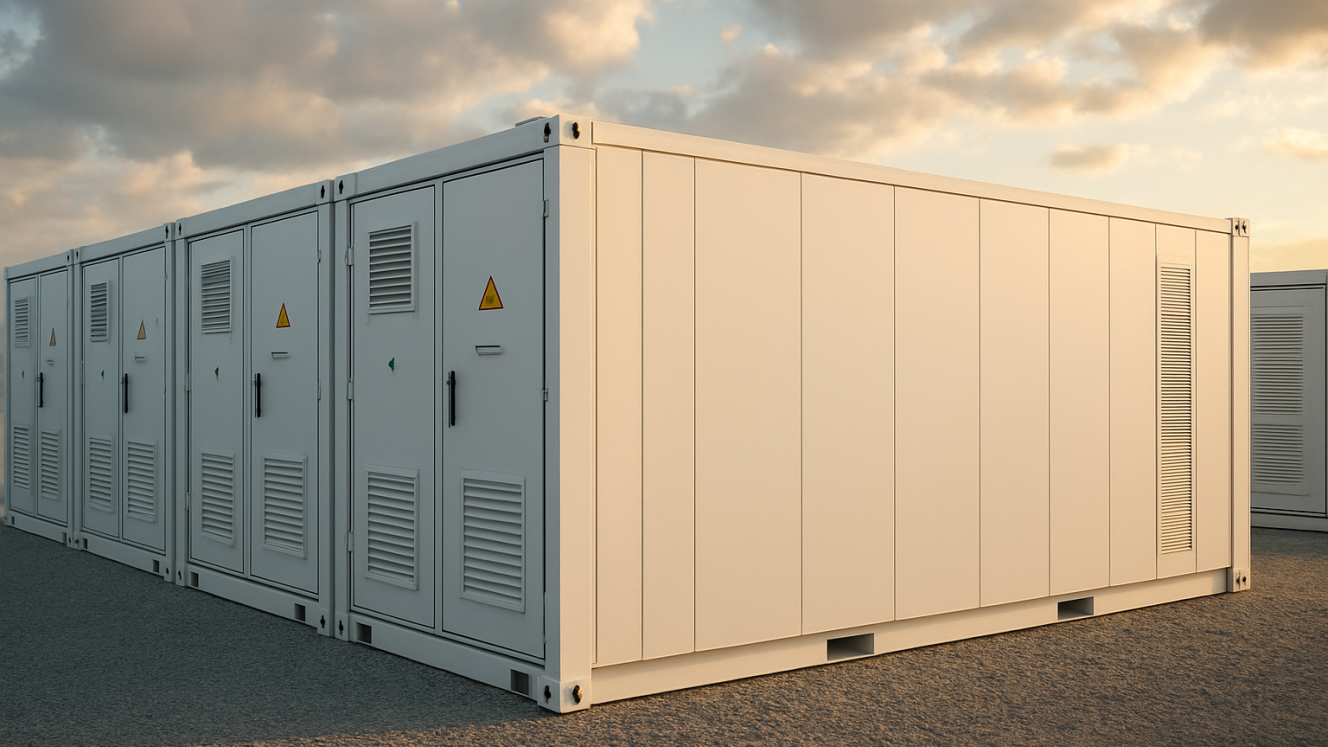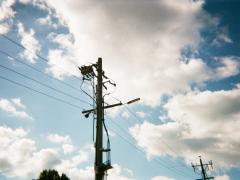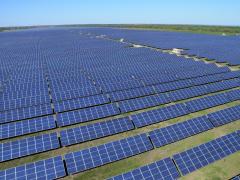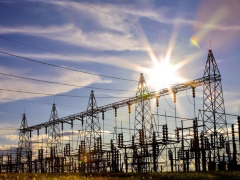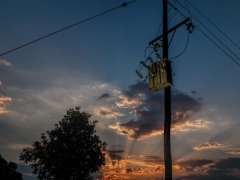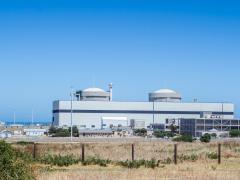A local study presented at the 12th CIGRE Southern Africa Regional Conference, held from October 14-16 in Pretoria, has demonstrated how advanced forecasting models can support smarter renewable energy integration into South Africa’s grid.
Presented by Omaira Jajbhay, electrical engineer at Zutari, the paper applied a seasonal autoregressive integrated moving average (SARIMA) forecasting model to 20 years of hourly wind data from a site in the Eastern Cape. The study achieved a mean absolute error of 0,44 m/s in predicting 2024 wind speeds, illustrating strong forecasting accuracy under local conditions.
“Our study utilised 20 years of local hourly wind data from a site in the Eastern Cape, providing a robust foundation unique to South African conditions,” Jajbhay said.
The research found that improved forecasting accuracy could help grid operators manage the inherent variability of wind generation more effectively. “Where turbine output fluctuates between zero and maximum. It creates instability for grid operators who must balance supply and demand in real time,” she explained.
South Africa’s wind generation is projected to reach 8,11 billion kWh by 2025, highlighting the need for tools that can predict and manage intermittency. The SARIMA model’s seasonal-trend approach demonstrated reliable alignment between actual and forecasted wind speeds with average percentage errors below 10%.
Jajbhay noted that such predictive capability enables advanced grid-management concepts, including virtual power plants (VPPs) that coordinate battery energy storage systems and distributed renewable plants. “Our research outlines a practical pathway for using forecast data to operate a hybrid plant coordinated via a VPP,” she said. “This optimises output and reduces dependence on the central grid, particularly during peak demand periods.”
The study also identified opportunities for further refinement. Incorporating additional meteorological inputs such as temperature, pressure and humidity, or combining SARIMA with machine-learning techniques like SARIMA-LSTM, could enhance accuracy by capturing non-linear wind behaviour. Continuous model retraining with real-time data was highlighted as a way to improve adaptability to changing climatic conditions and strengthen future renewable forecasting across South Africa.
